Almost every wine trade event I get invited to involves a trip to Toronto. If the venue is a short drive from Union Station, that’s one thing. But if it requires multiple connections or, God forbid, driving into the city, well…let’s just say I expect the journey to be arduous. That said, it’s rarely as bad as my drive back out of the city—which is why always try to extricate myself from any event by 2 p.m., after which Toronto sort of turns into Hotel California.
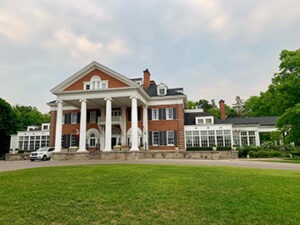
Langdon Hall in Cambridge, Ontario.
So when Predhomme Strategic Marketing contacted me to ask if I’d like to go to Langdon Hall Country House Hotel & Spa in Cambridge for a Chianti Classico masterclass, I made damn sure my schedule was clear. It’s the sort of setting that encourages you exhale and forget about life’s little stresses. It certainly didn’t hurt that the masterclass was being instructed by Michael Godel, an engaging, wordsmithing wine journalist and critic, partner at WineAlign.com and a self-professed Chianti fanatic. If there’s a self-help group for people who can’t stop thinking about Chianti, Michael is a regular attendee.
Beyond running through a lineup of excellent bottles with visiting members of the wine trade, Godel (a.k.a. Godello) noted why the present and future are shining on the producers of this ancient winemaking region.
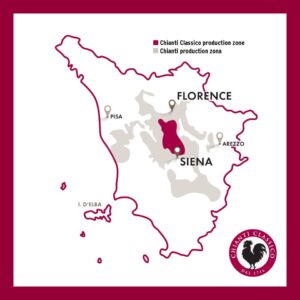 But first, a little Chianti Classico 101. Chianti Classico, encompassing 177,500 acres, lies at the heart of the Chianti region, situated roughly between Siena and Florence in Tuscany. Chianti, by the way, is accepted as the world’s oldest official wine region. In 1716, Grand Duke Cosimo III de’Medici demarcated the zone, which lies within modern-day Chianti Classico. (The first documented reference to “Chianti wine,” however, goes all the way back to 1398!)
But first, a little Chianti Classico 101. Chianti Classico, encompassing 177,500 acres, lies at the heart of the Chianti region, situated roughly between Siena and Florence in Tuscany. Chianti, by the way, is accepted as the world’s oldest official wine region. In 1716, Grand Duke Cosimo III de’Medici demarcated the zone, which lies within modern-day Chianti Classico. (The first documented reference to “Chianti wine,” however, goes all the way back to 1398!)
The Chianti Classico area alone produces over 35 million bottles every year. In order to protect and promote their wine, as well as prevent wine fraud, the Chianti Classico Wine Consortium was founded in 1924.
And what about Chianti’s predominant grape, Sangiovese? While its thin skin usually makes for paler reds, it can pack a complex character. As far as the aromas and taste go, relish in this description from the wonderful Madeline Puckette. “Imagine the smells as you walk through an Italian grocery store: At the entrance, there’s a bowl of preserved sour Amarena cherries. You walk under bunches of dried oregano, past a wall of dark, aromatic balsamic vinegar, then pass a counter where dry salami is being sliced. At the bar, dark espresso is dripping into a ceramic tazza. A whisper of sweet tobacco wafts in the door from the pipe of the old man outside. There will be a little coarseness and tartness on the palate, but these aren’t flaws, they are classic characteristics of Sangiovese. Chianti smells and tastes like Italy.”
Just remember that these wines often aren’t your ‘ready to drink’ sorts at the pop of the cork. So open up your bottle early and let it catch its breath. “On the surface these Sangioveses can be understood by anyone,” Godella says, “but there are layers to peel away, nuances and graces to uncover, but most of all they are the sort to seek secondary character and will amaze when that stage is reached.”
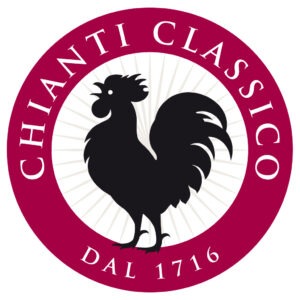 GALLO NERO
GALLO NERO
If you’d like a quick visual to identify a Chianti Classico, look for the trademark “Gallo Nero” (Black Rooster) on the neck of the bottle or on the back label. The symbol originates from an unusual legend from the medieval period. The republics of Florence and Siena were in constant dispute over the political boundaries of the Chianti territory, with each trying to push the dividing line closer to their neighbour. So, legend has it that to determine an official boundary between the two, two knights on horseback would set off from their respective capital cities at dawn, as soon as a rooster crowed. The Sienese chose a white rooster and the Florentines a black one. The difference was the conniving folks in Florence reportedly kept their rooster shuttered in a small, dark chicken coop, practically unfed, for days in advance. On the fateful day, upon being released, the black rooster began to immediately crow loudly, although dawn was still far off. Consequently, the Florentine knight set off in the dark, with a massive head start, and met his Sienese counterpart just 12 kms beyond their city walls. And this is how almost all of Chianti supposedly passed under the control of the Republic of Florence, a long time prior to the fall of Siena. (There’s a new 16-minute movie, with English subtitles, that premiered earlier this year that addresses La Leggenda del Gallo Nero!)
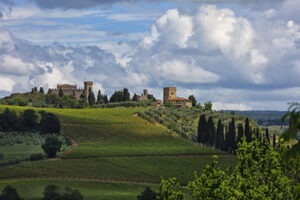 CHIANTI VS CHIANTI CLASSICO
CHIANTI VS CHIANTI CLASSICO
So what’s the difference between Chianti and Chianti Classico, you ask? The blend of Chianti wine requires minimum of 70% Sangiovese grapes. Chianti Classico, on the other hand, requires a minimum of 80% Sangiovese (in many cases it’s 100%). But much more than that, this is a grape that really picks up the soils of where it is grown, and it’s hard to beat the rolling hills of limestone, clay and schist of Chianti Classico.
But even within Chianti Classico, the soils and growing conditions vary significantly, which is a primary reason why the region was subdivided into 11 zones two years ago. This Unità Geografiche Aggiuntive initiative “offers an opportunity to officially tell the world about location, sense of place and how estates fit into the complex puzzle of the greater territory,” Godello writes.
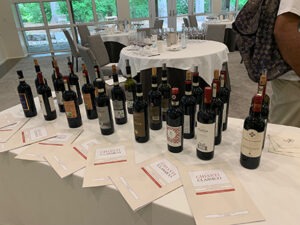
The eight Chianti Classico wines we sampled at Langdon Hall.
Producers within these new subsets (which can now be identified on their labels) are now incentivized to work together in the attempt to heighten the quality of Chianti Classico, Godello believes. And this sharing of knowledge, from corks and equipment to winemaking, is guaranteed to improve their respective wines moving forward.
An exquisite 2021 vintage will certainly help. “It is a vintage for the ages when we speak of Chianti Classico wines,” Goldello writes. “There have been terrific years in the last 10 or so, and each for different reasons, but I for one have never witnessed these kind of tannins, this peculiar excitement of tension, the clarity of vernacular of post-modern structure.”
For all its history, Chianti Classico is also the future, Godello adds. “No other place in Italy continues to grow, expand its horizons and evolve like this territory.”
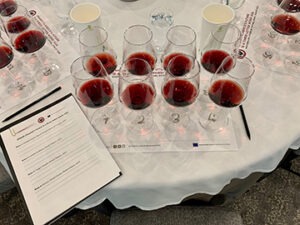 I got to sample eight varying Chianti Classicos during the Langdon Hall event, ranging from stellar values like the Cecchi Storia di Famiglia Chianti Classico 2021 (just $18.95) to more expressive and structured winners like the Fèlsina Ranch 2019 ($115), with its juicy red berry and rosemary, fennel and violet notes, to the powerful Castello Vicchiomaggio Gran Selezione la Prima ($69.95), with its 26 months of barrel aging and an additional eight months in the bottle prior to release.
I got to sample eight varying Chianti Classicos during the Langdon Hall event, ranging from stellar values like the Cecchi Storia di Famiglia Chianti Classico 2021 (just $18.95) to more expressive and structured winners like the Fèlsina Ranch 2019 ($115), with its juicy red berry and rosemary, fennel and violet notes, to the powerful Castello Vicchiomaggio Gran Selezione la Prima ($69.95), with its 26 months of barrel aging and an additional eight months in the bottle prior to release.
NEW RELEASES
OK, so let’s get to four new highly rated releases at the LCBO. They all merit lofty ratings, despite each being under $26—and two are, yes, Chianti Classico!
Castelli del Grevepesa Clemente VII Chianti Classico 2019 — Tuscany, Italy ($22.95)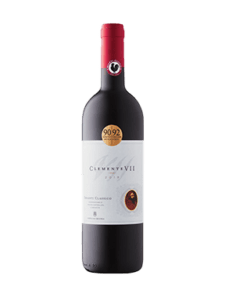
Here’s a reminder that vintage matters. I’ve found this Chianti to be a bit earthy and tarry in the past, but the mostly hot, dry 2019 edition is teeming with rich, dark fruit—the predominant being tart cherry and red currant, with mild notes of tobacco and leather. I love the texture and earthy depth. My favourite edition of this wine in ages. 3 g/L of residual sugar. 14% alc. 90
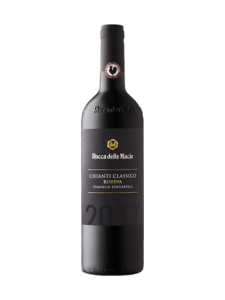 Rocca delle Macie Chianti Classico Famiglia Zingarelli Reserva 2019 — Tuscany, Italy ($25.95)
Rocca delle Macie Chianti Classico Famiglia Zingarelli Reserva 2019 — Tuscany, Italy ($25.95)
Rocca delle Macie is celebrating its 50th anniversary this year, and this is its flagship wine, with the Zingarelli family name on the label. A blend of 90% Sangiovese and 5% each of Merlot and Cabernet Sauvignon, this is complex from nose through palate. Tinged with earth and smoke, look for aromas of wildberry fruit, with eucalyptus and forest floor adding an herbal supporting role. Medium+ in body, it’s robust and rustic yet elegant from the first sip, with great length. A superb pairing for lasagna or spaghetti with meat sauce, as well as red meats—especially game. Not a wine for wusses. 3 g/L of residual sugar. The alcohol content measures 14.5%, but it’s so well balanced that you really won’t notice the alcohol on the palate. (Releasing today) 92
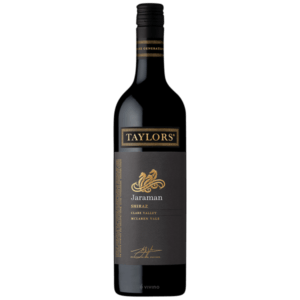 Wakefield Jaraman Shiraz 2021 — Clare Valley/McLaren Vale, Australia ($24.95)
Wakefield Jaraman Shiraz 2021 — Clare Valley/McLaren Vale, Australia ($24.95)
My favourite edition of the wine to date, this full-bodied Shiraz has been absolutely raking in the awards. On the nose there’s rich—almost jammy—blackberry, mulberry and fig fruit, with an infusion of coffee and caramel owing to a year of oak aging. There’s also that traditional menthol/eucalyptus I expect of Wakefield Jaraman reds. Black cherry is added to the mix on the palate. There’s so much to like here. 4 g/L residual sugar. 14.5% alc. (Releasing today) 91
 Wakefield Jaraman Chardonnay 2021 — South Australia ($24.95)
Wakefield Jaraman Chardonnay 2021 — South Australia ($24.95)
The 61%/39% blend of Chardonnay grapes from Adelaide Hills and Clare Valley (about 170 kms apart) instills a complexity to this wine. A sparkling white gold in colour, it’s minerally fresh with buttery, grassy pineapple, as well as lemon and stone fruit on the nose. A light oak treatment (eight months of aging in two- to three-year-old barrels) has kept it clean and fresh with a lively acidity accompanying its smooth, mineral-citrus palate. A solid, crisp, sophisticated summer white—including for those who don’t traditionally like Chardonnay. (Releasing today) 90
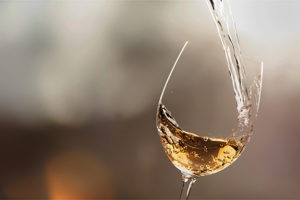

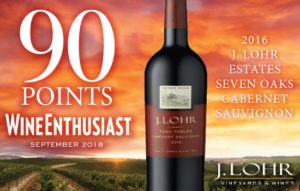
Leave a Reply
Your email is safe with us.